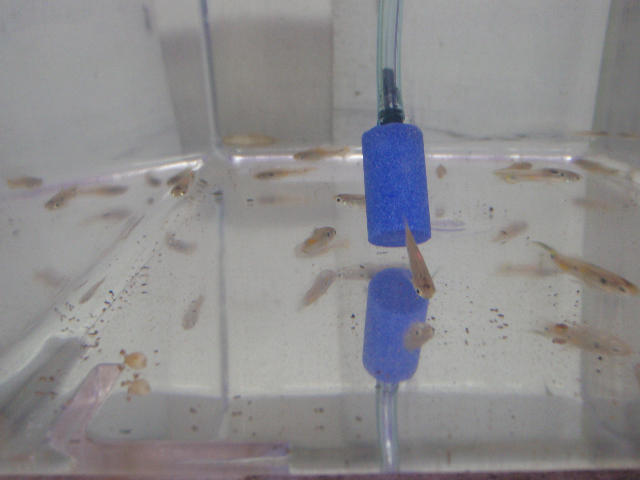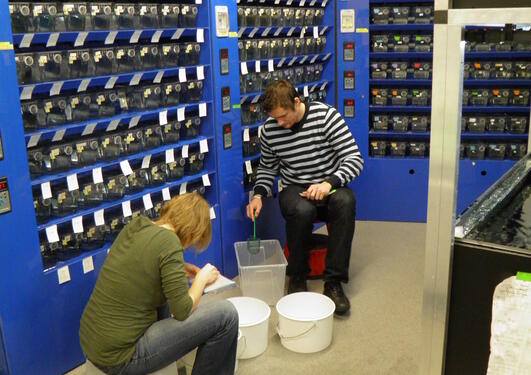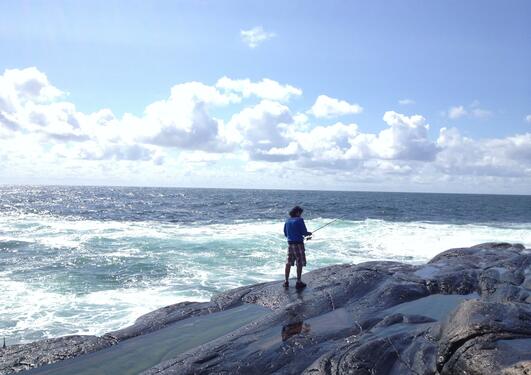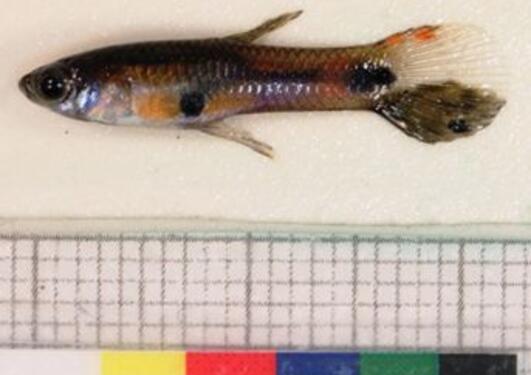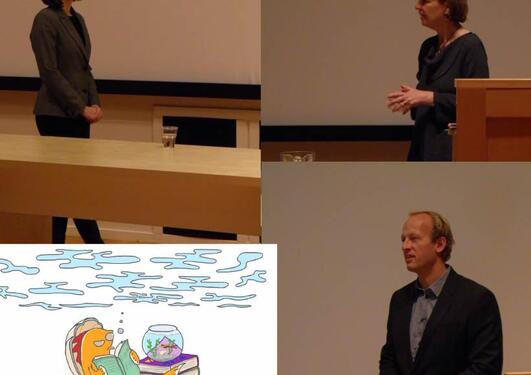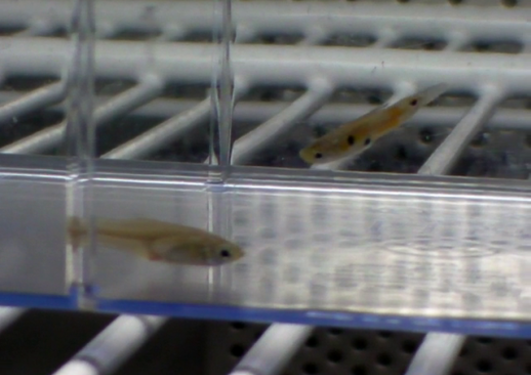Experimental evolution in guppies
Experimentally fishing guppy populations lets us see how their life histories and behaviour respond to harvest-induced selection.
Main content
We have established experimental populations of guppies (Poecilia reticulata) originating from wild guppies collected in 2009 in Trinidad, and their harvesting started in 2010. The experiment seeks to address the following questions:
- How fast an age-structured population evolutionarily responds to harvest-induced selection?
- How are the life-histories responding? Do we see largest responses in growth, maturation, behaviour, or perhaps something else?
- How will harvest-induced evolution influence dynamics and fisheries yield?
- Can we use phenotypic data to make reliable inferences about evolution?
- Can we detect adaptive evolution with genetic markers?
Our populations, each consisting of several hundreds of guppies, live in 400-litre tanks. They are fished at regular intervals, each tank being subjected to one of the three harvesting regimes: harvesting a proportion of guppies either above or below a fixed length threshold, or random harvest. Some individuals are marked such that we can keep track of age structure in the population.
Our experiment is in many ways similar to the famous experiment that David Conover and Steven Munch conducted with Atlantic silversides. There are two critical differences though. First, guppies have an iteroparous life history (potential for relatively long adult life with repeated reproductive events) and they have indeterminate growth (they continue to grow after maturation). Second, we let our guppies to reproduce freely, which results in populations that consist of many age and size groups. These features make our experiment to resemble more the typical marine, industrial-scale fisheries - despite being based on a small freshwater fish!
